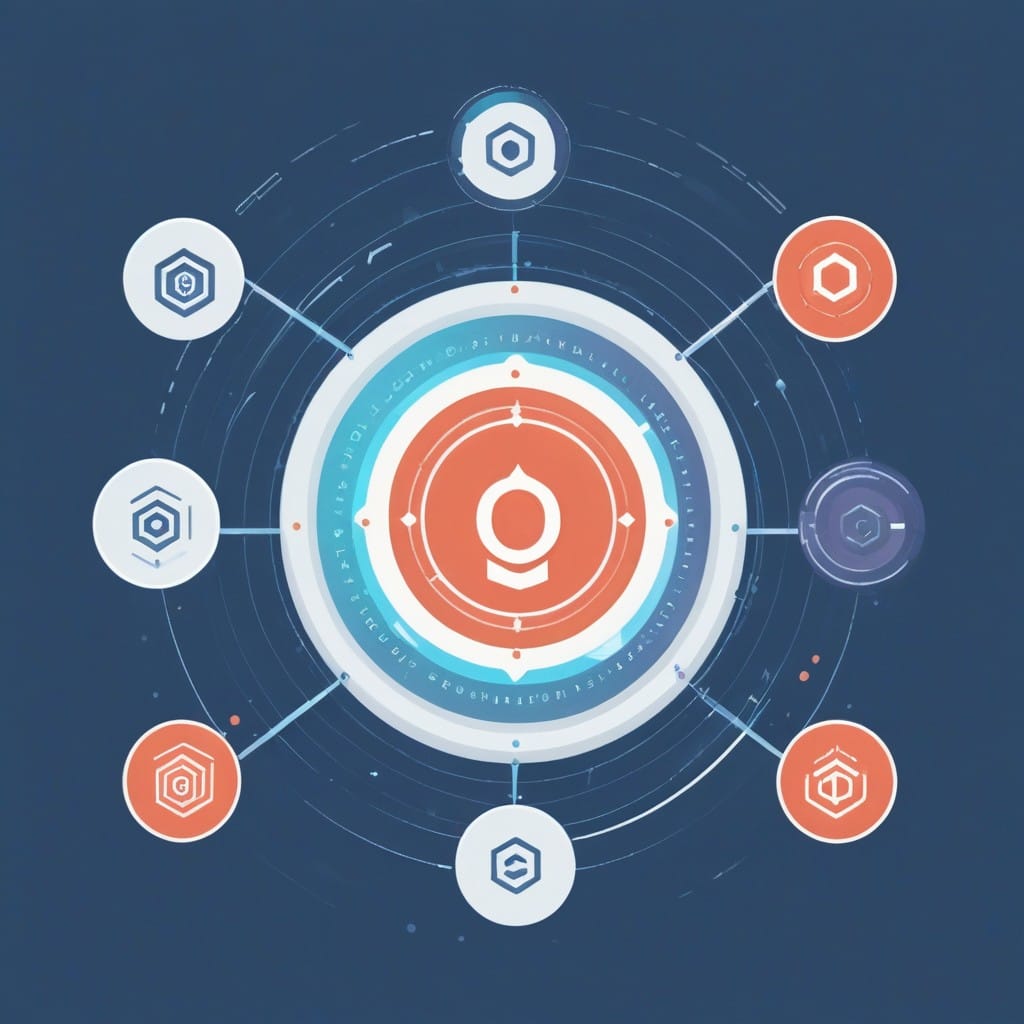n8n OAuth 2.0 Token Rotation Best Practices for Enhanced Security

OAuth 2.0 is a widely adopted authorization framework that allows applications to securely access user data without exposing credentials. However, static OAuth tokens can pose security risks if compromised. Token rotation—a process of periodically refreshing access tokens—helps mitigate these risks by reducing the window of opportunity for attackers.
In this blog post, we’ll explore best practices for implementing OAuth 2.0 token rotation in n8n, a powerful workflow automation tool, to enhance security and maintain seamless integrations.
Why Token Rotation Matters
Static OAuth tokens remain valid until they expire, which can be days, weeks, or even months. If a token is leaked or stolen, an attacker could misuse it until expiration. Token rotation minimizes this risk by:
- Reducing exposure time: Short-lived tokens limit the damage if compromised.
- Complying with security standards: Many OAuth providers enforce token rotation for compliance (e.g., OAuth 2.0 for Banking, OpenID Connect).
- Improving resilience: Automated rotation ensures uninterrupted workflows even if tokens are revoked.
Best Practices for OAuth 2.0 Token Rotation in n8n
1. Use Short-Lived Access Tokens with Refresh Tokens
Configure your OAuth 2.0 provider to issue short-lived access tokens (e.g., 1 hour) alongside long-lived refresh tokens. n8n can then automatically request new access tokens using the refresh token without user intervention.
Implementation Steps:
- Set a short expires_in value in your OAuth provider settings.
- Ensure n8n stores and uses the refresh token (supported in most OAuth 2.0 credential types).
2. Automate Token Refresh in Workflows
n8n can handle token refreshes automatically if the OAuth 2.0 credentials are set up correctly. However, for custom implementations:
- Use the HTTP Request node to call the provider’s token endpoint.
- Parse the new token and update credentials dynamically using n8n’s API or environment variables.
3. Secure Refresh Tokens
Refresh tokens are long-lived and must be protected:
- Store them securely: Use n8n’s encrypted credential storage or a secrets manager.
- Limit scope: Only request the minimum required permissions.
- Implement revocation: Monitor for suspicious activity and revoke compromised tokens.
4. Monitor and Log Token Usage
Track token refreshes and usage to detect anomalies:
- Enable logging in n8n to audit OAuth token refreshes.
- Use webhooks or integrations (e.g., Slack, Discord) to alert on unusual activity.
5. Handle Token Expiry Gracefully
Workflows can fail if a token expires mid-execution. Mitigate this by:
- Adding error handling nodes to catch and retry failed requests.
- Using Cron nodes to trigger token refreshes before expiry.
6. Regularly Rotate Refresh Tokens
Even refresh tokens should be rotated periodically:
- Set a policy to manually or automatically rotate refresh tokens (e.g., every 90 days).
- Use OAuth provider features like offline_access to request new refresh tokens.
7. Test Token Rotation in Development
Before deploying to production:
- Simulate token expiry in a test environment.
- Validate that n8n workflows handle refreshes without disruption.
Conclusion
Implementing OAuth 2.0 token rotation in n8n significantly enhances security by reducing the risk of token misuse. By following these best practices—using short-lived tokens, automating refreshes, securing refresh tokens, and monitoring usage—you can maintain robust and secure integrations.
n8n’s flexibility makes it easy to adopt these measures, ensuring your workflows remain both powerful and protected. Start implementing token rotation today to safeguard your automation processes!
Pro Tip: Check n8n’s official documentation for the latest OAuth 2.0 features and updates to stay ahead of security threats.
By prioritizing token rotation, you’re not just securing n8n workflows—you’re building a more resilient automation ecosystem.



